A Multimodal Approach for Balanced Learning
Secular homeschoolers are planners. Have you ever thought about the process you use when doing this planning? Do you think about the subjects you will have your child focus on and what secular homeschool curriculum or online programs you will use? What about how you are going to help your child learn how to learn? Do you plan the specific learning strategies you will deploy to help your child become a lifelong learner? If you do not, you might want to think about how you can use a multimodal approach for balanced learning. Doing so will have both short-term and long-term benefits for your child and their primary teacher.
Raising Lifelong Learners
Homeschooling parents often say that they want to raise lifelong learners. That is a worthy goal, but as your child’s primary teacher and mentor, how can you help make that happen? One thing you can do to help your child fall in love with learning is to make plans to help them become a more balanced learner. Balanced learners can learn from a wide range of materials that are presented in a variety of ways.
Most people access information at a higher level when it is presented in a way that supports one to two of the primary learning modalities (modes): visual, aural (auditory), reading and writing, or kinesthetic learning. For each individual, this is a natural outcome of how their brain works. As a long-term strategy for secular homeschoolers, it is best to become a balanced learner who can access information across all of the learning modalities.
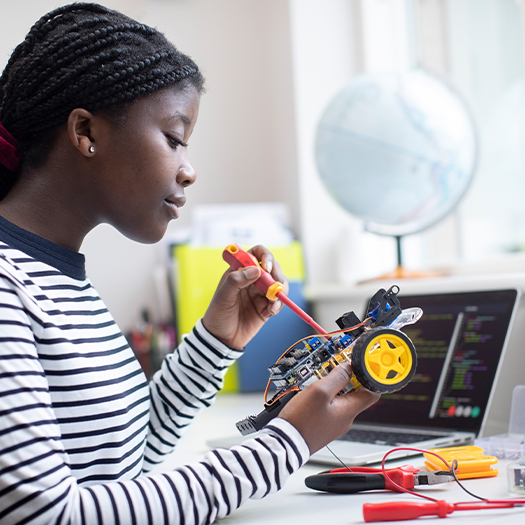

What Is a Balanced Learner?
Balanced learners are multimodal learners. As the word suggests, multimodal learners learn using all four modalities. Instead of a heavy reliance on one or two modes, there is a balance with the strategies they use. Balanced learners are strong enough using each of the four modalities to choose the one best suited to the learning task at hand.
Being a lifelong learner is difficult if you rely heavily on only one or two of the learning modes because you can’t always control how information is presented and taught. As a balanced learner with command over all of the learning modes, you will be able to use the strategy that works best based on how the information is presented.

Auditory learners learn by listening. Podcasts, webinars, audiobooks, or face-to-face instruction are good paths for them to process and access information. Group discussions or debates can also form part of auditory learning.
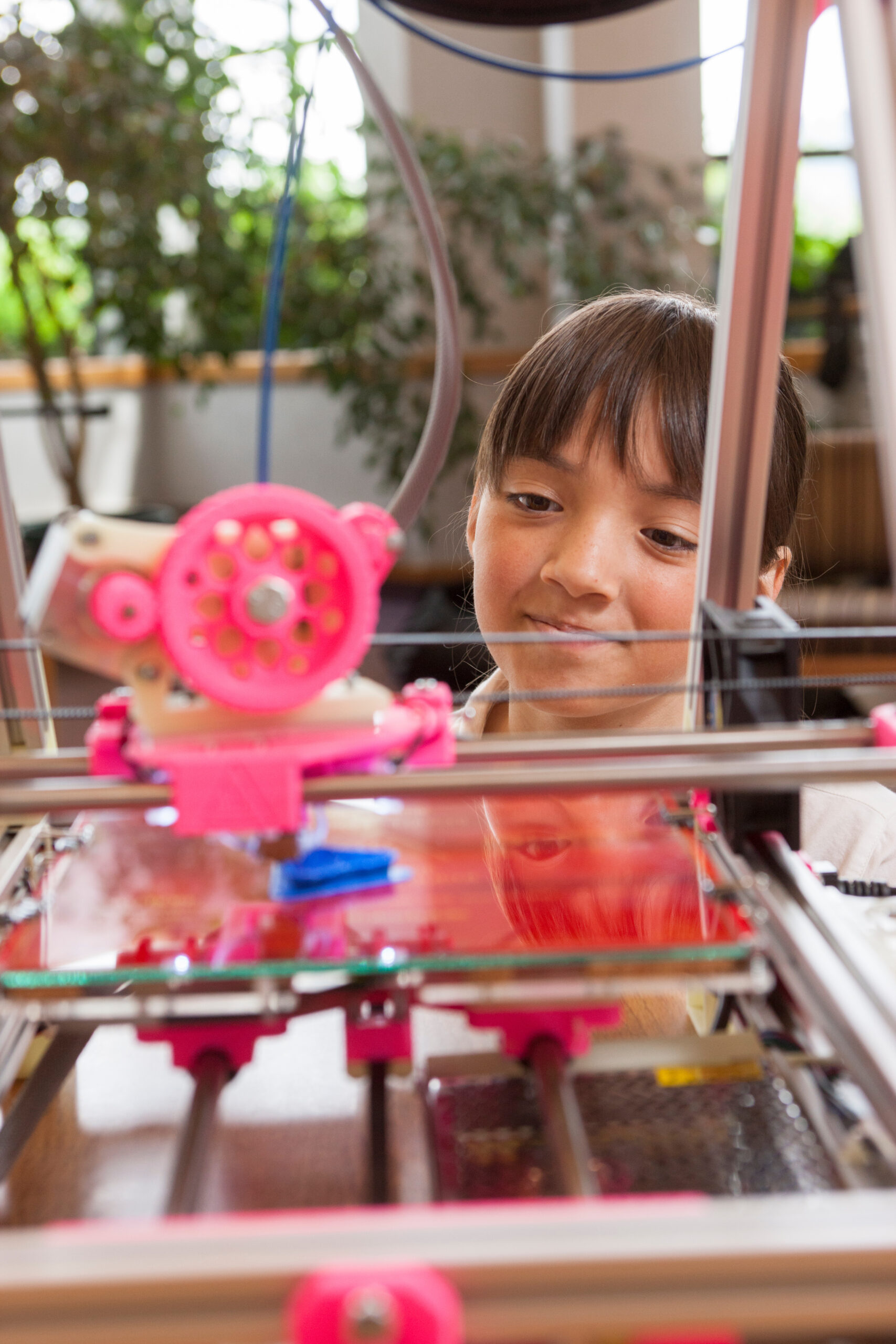
Kinesthetic learners process and access information through doing. Good lessons for these learners often a combine other types of learning. For example, when learning a historical event or topic in science hands-on projects with videos or reading will benefit learning for kinesthetic learning.
Visual learners process and access information more effectively when graphs, infographics, cartoons and illustrations, videos, artwork, flowcharts, and diagrams are included in lessons, things that stimulate the learner’s eyes. Making visual observations, such as through drawing, can benefit this cohort of learners.
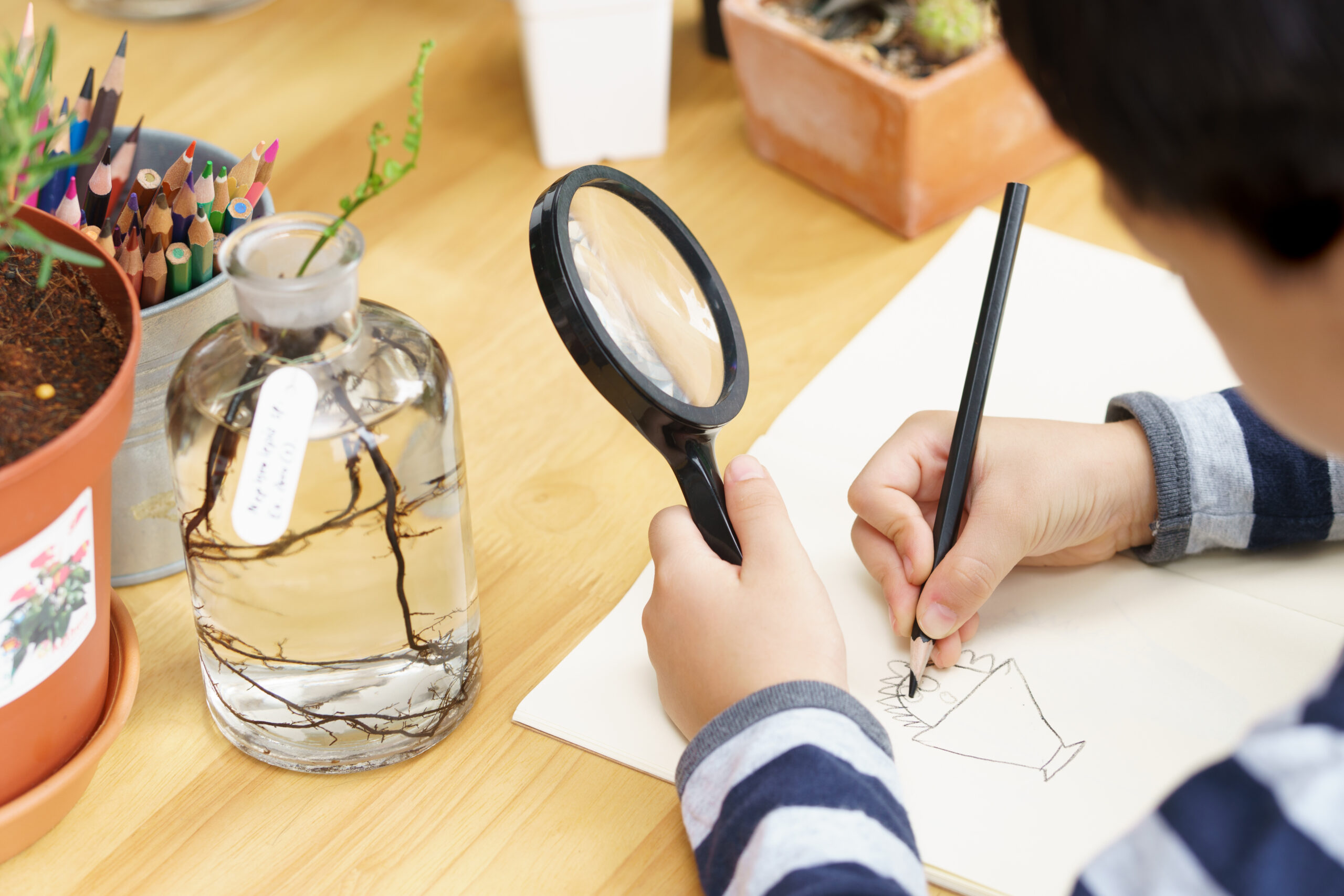
Reading and writing learners process and access information through text-based courses, PDF’s, documents, books, and eBooks. These learners are often good test takers. We are most familiar with this type of learning primarily because of the systematic teaching of this method in traditional school.
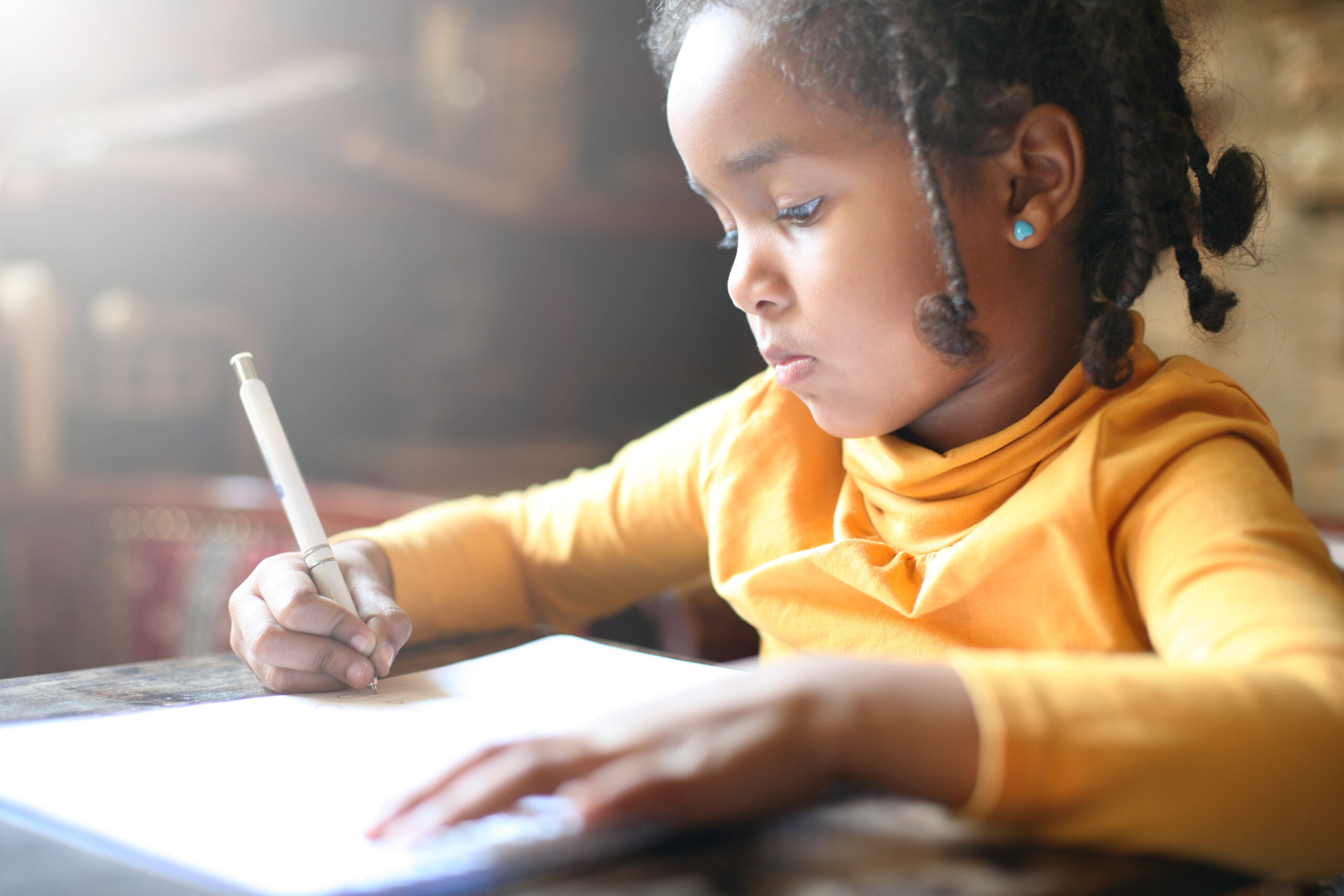
A Metacognitive Approach
Metacognition is the ability of a student to understand how they learn best, and it should be applied in your secular homeschool curriculum. With a metacognitive approach, students use prior knowledge to organize, monitor, and adapt the way they approach new learning material and situations. Another benefit of working with students to learn how they learn is that it directly strengthens a student’s metacognitive abilities. When there is a focus on learning how to learn in order to become a balanced learner, students come to see the different learning modalities as useful tools. Balanced learners can pick and choose the best tool based on the information and how it is presented. Interested in learning more about metacognition? Read our blog on the topic.
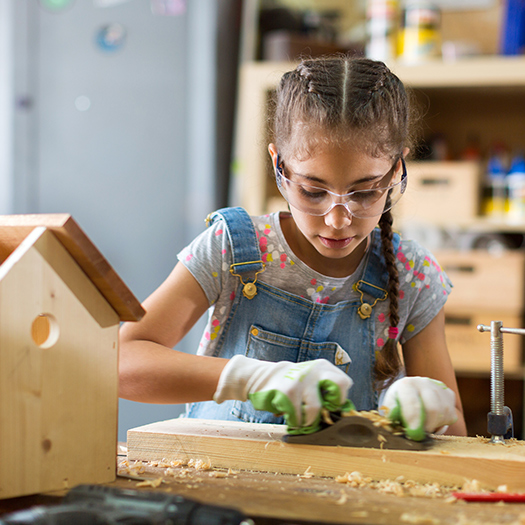
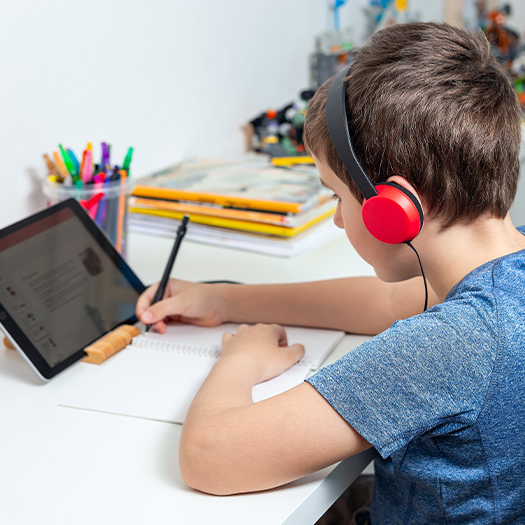
Using Strengths to Handcraft a More Balance Learner
All this theory sounds great, but are you wondering how to handcraft a more balanced learner? The good news is, it is easier than you might think (based on the dense theory😊).
1. The first step is to identify the learning modalities primarily used by the learner.
2. Make a list of the academic disciplines the student finds challenging, and those that they don’t find challenging.
3. Pair Strengths with Challenges – Using this information to help you choose secular homeschool materials and programs, is an important part of a learner-centered education.
- If a student finds a subject challenging, find materials that primarily present the information in a mode that is a strength for them. They are already working hard enough to learn the information.
- Pair the learning modes that are not as strong with subjects that fall within a student’s academic strengths. You can work on creating a more balanced learner by pairing materials that have a multimodal approach (use all four modalities) with a student’s “easy” subjects. You can also use present materials using a mode that is not a student’s strength.
Read our blog about a learner-centered education.
Learning modes are important tools, and the ability to use each is a skill that should be developed in your secular homeschool. Like any tool and skill, the more practice you get with them, the better you will be using them. By thoughtfully pairing academic strengths with modalities that need work, you can handcraft a more balanced learner. This will have lifelong benefits, as your multimodal learner will be able to pick and choose the optimum learning tool to match the presentation of information in any educational scenario.
This is part of The Learner’s Toolbox from Blair Lee. The Learner’s Toolbox is a multi-part series in the SEA Homeschoolers Magazine and SEA Homeschoolers Online Conference Series that focuses on learning skills that are essential for lifelong learners.
New to Homeschooling? Check out our How to Homeschool 101 Article.
Want to know what SEA Homeschoolers is about? The SEA Homeschoolers Team collaborated on a list of 27 WE BELIEVE statements so you would know the answer!

